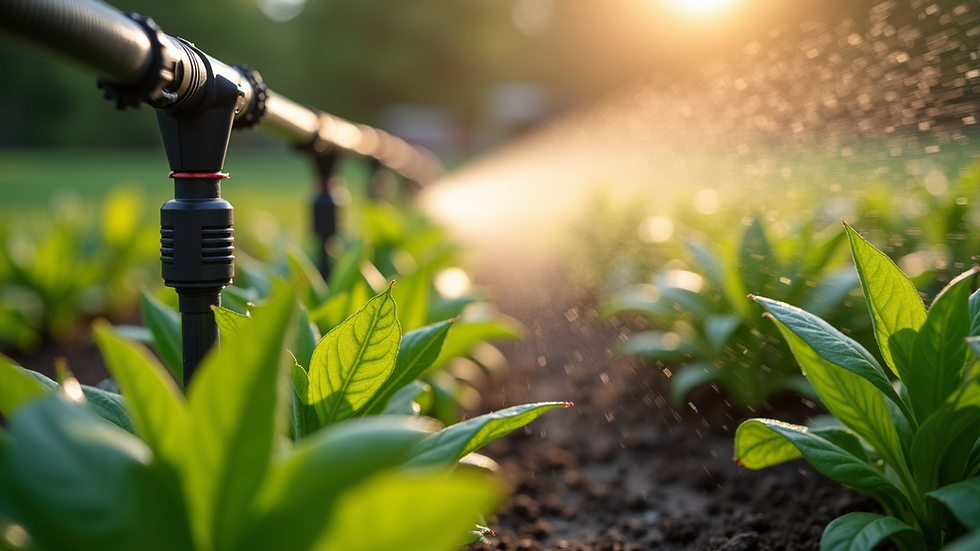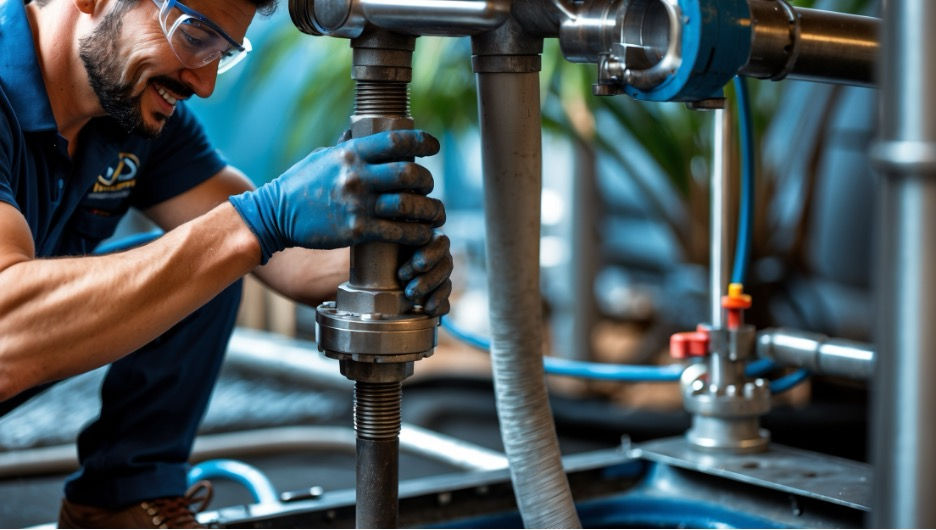Proven Water Conservation Strategies for Everyone
- Water Ambassador

- Jul 31
- 4 min read
Updated: Aug 20
Water is one of the most precious resources on Earth. Yet, many people underestimate how much water they use daily and how easily it can be conserved. With growing concerns about water scarcity and environmental sustainability, adopting practical water-saving habits is essential. This article explores proven conservation techniques for water that anyone can implement at home, work, or in the community. By making small changes, we can collectively make a big difference.
Water Savings Tips for Water in Daily Life
Water conservation is not just about turning off the tap; it involves a variety of smart habits and tools that reduce water waste. Here are some effective techniques you can start using today:
Fix leaks promptly: A dripping faucet or running toilet can waste hundreds of gallons of water each month. Regularly check your plumbing and repair leaks immediately.
Install water-efficient fixtures: Low-flow showerheads, faucets, and dual-flush toilets reduce water use without sacrificing performance.
Use water wisely in the kitchen: Run dishwashers only when full, avoid rinsing dishes before loading, and use a basin to wash fruits and vegetables instead of running water.
Shorten showers: Cutting your shower time by just a few minutes can save dozens of gallons per week.
Turn off taps when not in use: Don’t leave water running while brushing teeth, shaving, or washing hands.
Collect rainwater: Use rain barrels to capture rainwater for watering plants and gardens.
These simple steps can significantly reduce your water footprint. Additionally, consider landscaping with drought-resistant plants and using mulch to retain soil moisture.

How to Implement Conservation Techniques for Water in Your Home and Garden
Water conservation techniques for water extend beyond indoor use. Outdoor water use often accounts for a large portion of household consumption, especially in dry climates. Here are some tips to conserve water outdoors:
Water plants early or late: Watering during cooler parts of the day reduces evaporation.
Use drip irrigation: This method delivers water directly to plant roots, minimizing waste.
Choose native plants: Native species are adapted to local rainfall and require less watering.
Limit lawn areas: Replace some lawn space with ground cover or hardscaping to reduce water needs.
Use a broom instead of a hose: Clean driveways and sidewalks with a broom rather than hosing them down.
Cover pools when not in use: Pool covers reduce evaporation and keep water clean.
By combining indoor and outdoor conservation techniques, you can maximize water savings and reduce your utility bills.

What are the 4 R's of Water Conservation?
Understanding the 4 R's of water conservation can help guide your efforts to save water effectively. These principles are:
Reduce: Use less water by adopting efficient appliances and mindful habits.
Reuse: Find ways to reuse water, such as using greywater from sinks or showers for irrigation.
Recycle: Treat and recycle wastewater where possible to reduce freshwater demand.
Rethink: Change your mindset about water use and encourage others to do the same.
Applying these 4 R's encourages a holistic approach to water conservation that goes beyond simple savings. For example, reusing greywater for flushing toilets or watering plants can cut down on freshwater consumption significantly. Recycling wastewater in industrial or municipal settings also plays a crucial role in sustainable water management.

The Role of Technology in Enhancing Water Conservation
Modern technology offers many tools to help conserve water more efficiently. Smart water meters, leak detectors, and automated irrigation systems can monitor and control water use precisely. Here are some technological solutions to consider:
Smart irrigation controllers: These devices adjust watering schedules based on weather data and soil moisture.
Leak detection sensors: Installed in plumbing systems, they alert homeowners to leaks before they cause major waste.
Water-efficient appliances: New washing machines and dishwashers use less water and energy.
Greywater systems: These systems treat and recycle household wastewater for non-potable uses.
Water-saving apps: Mobile apps can track your water use and provide tips for improvement.
Investing in these technologies can lead to long-term savings and help households and businesses meet water conservation goals.
Encouraging Community Action for Water Conservation
Water conservation is most effective when embraced by entire communities. Here are ways to promote water-saving habits on a larger scale:
Educational campaigns: Schools, local governments, and organizations can raise awareness about water issues and conservation techniques.
Incentive programs: Rebates for water-efficient appliances or rainwater harvesting systems encourage adoption.
Community gardens: These promote sustainable gardening practices and efficient water use.
Water audits: Offering free or low-cost water audits helps residents identify leaks and inefficiencies.
Policy support: Advocating for regulations that promote water conservation in construction and landscaping.
By working together, communities can reduce water demand, protect local water sources, and build resilience against droughts.
Water is a vital resource that requires our attention and care. By adopting proven water conservation strategies, individuals and communities can make a meaningful impact. Whether through simple daily habits, smart technology, or community initiatives, every effort counts toward preserving this precious resource for future generations. Start today and be part of the solution to water sustainability.
Find out your potential savings — Try our quick Water Savings Calculator and see how much you could save each month.




Comments